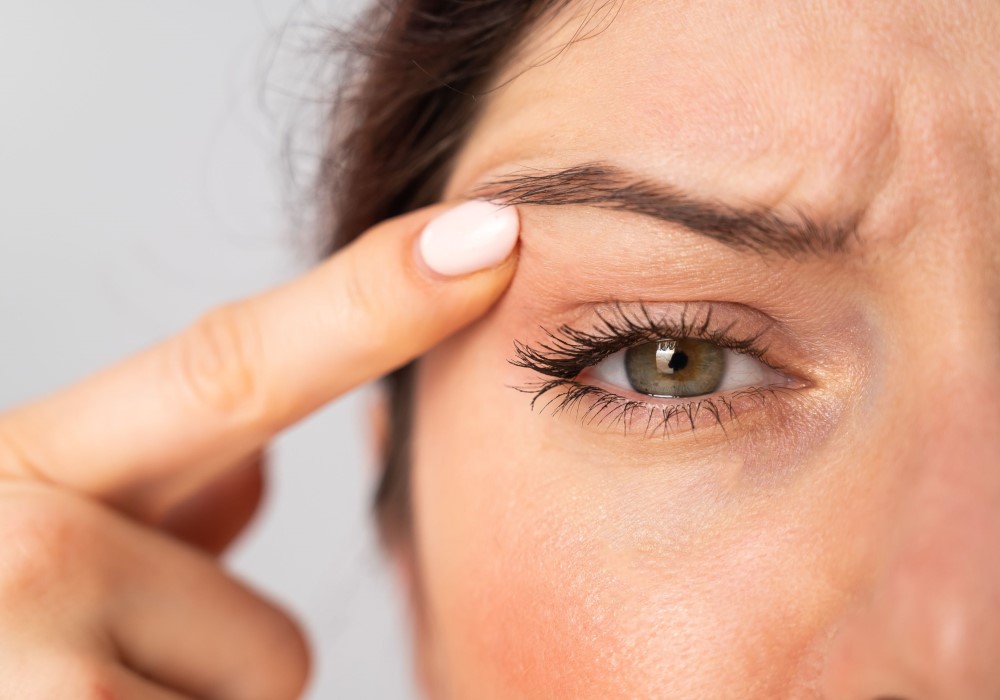Blepharocalasis is a condition affecting the upper or lower eyelid region, characterized by excess skin or tissue laxity that can compromise not only the aesthetics of the eyes but also visual function.
Often confused with blepharoptosis or simple signs of aging, blepharocalasis instead represents a real condition, which may require a multidisciplinary medical and surgical approach.
Blepharocalasis is a chronic and progressive condition in which the skin of the eyelids loses tone and texture, going on to form skin folds that can weigh down the eyes and limit the visual field.
The causes may be genetic, inflammatory, or age-related, but in some cases they also stem from systemic diseases or recurrent skin reactions.
In addition to cosmetic discomfort, many patients complain of functional discomfort, such as:
- Feeling of weight on the eyelids;
- visual fatigue;
- eye irritation;
- Difficulties in peripheral vision.
As this is a condition involving function, structure and appearance, blepharocalasis requires input from multiple professionals:
- Ophthalmologist-assesses visual function, degree of visual field obstruction, and any associated pathology (such as dry eye or eyelid ptosis).
- Maxillofacial surgeon-analyzes the anatomical and functional balance of the face, considering the impact of skin and muscle laxity on periorbital structures.
- Plastic surgeon - intervenes for cosmetic-functional correction, often through a customized blepharoplasty, aimed at restoring naturalness to the eyes and well-being to the patient.
This synergy allows for harmonious and safe results, where the goal is not only to "rejuvenate" the eyes, but to improve the quality of vision and ocular comfort.
Diagnosis is based on a careful specialist eye and maxillofacial examination, including visual field examinations and evaluation of eyelid structure.
Treatment varies depending on the severity of the picture: in mild cases, conservative therapies and noninvasive aesthetic medicine protocols can be used; while in more advanced cases, corrective surgery is the most effective solution, restoring tone and symmetry to the eyelids.
Blepharocalasis is more than just a sign of the times; it is a complex clinical condition that deserves attention and individualized management.
Thanks to collaboration between ophthalmologists, maxillofacial surgeons, and plastic surgeons, it is now possible to address it comprehensively, improving facial function, health, and harmony.
